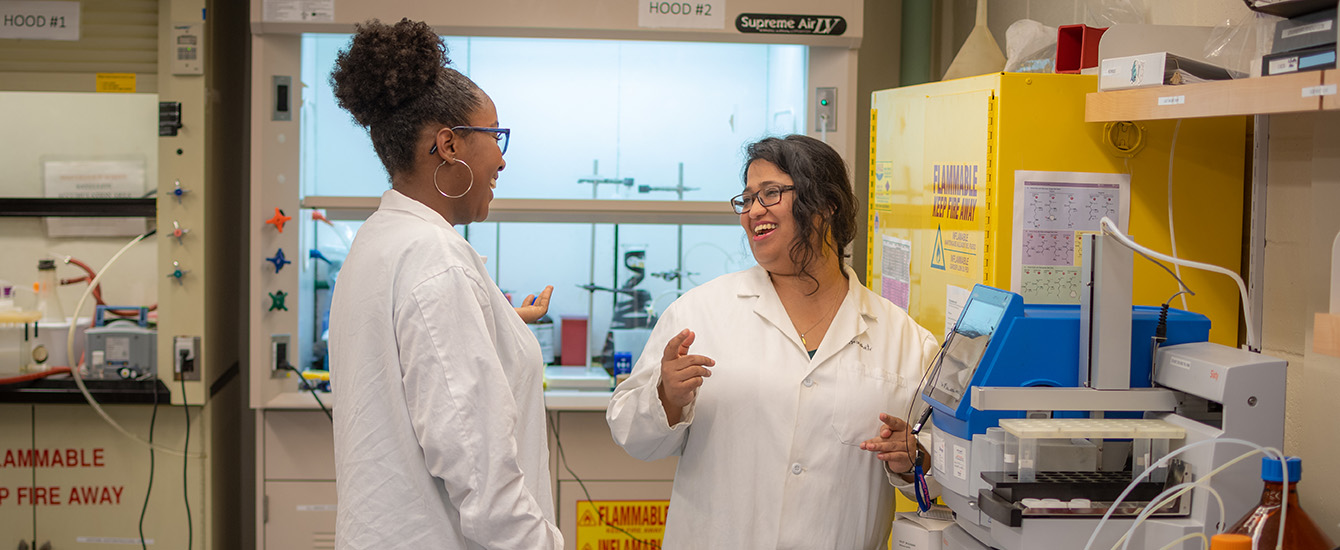Chemistry
Structural properties of optically clear bacterial cellulose produced by Komagataeibacter hansenii using arabitol
Document Type
Article
Abstract
Bacterial cellulose (BC) exhibits beneficial properties for use in biomedical applications but is limited by its lack of tunable transparency capabilities. To overcome this deficiency, a novel method to synthesize transparent BC materials using an alternative carbon source, namely arabitol, was developed. Characterization of the BC pellicles was performed for yield, transparency, surface morphology, and molecular assembly. Transparent BC was produced using mixtures of glucose and arabitol. Zero percent arabitol pellicles exhibited 25% light transmittance, which increased with increasing arabitol concentration through to 75% light transmittance. While transparency increased, overall BC yield was maintained indicating that the altered transparency may be induced on a micro-scale rather than a macro-scale. Significant differences in fiber diameter and the presence of aromatic signatures were observed. Overall, this research outlines methods for producing BC with tunable optical transparency, while also bringing new insight to insoluble components of exopolymers produced by Komagataeibacter hansenii. © 2023 Elsevier B.V.
Publication Title
Biomaterials Advances
Publication Date
5-2023
First Page
213345
ISSN
2772-9508
DOI
10.1016/j.bioadv.2023.213345
Keywords
arabitol, bacterial cellulose, biomaterials, nanofiber, nanostructure, transparency
Repository Citation
van Zyl, Elizabeth M.; Kennedy, Mitchell A.; Nason, Wendy; Fenlon, Sawyer J.; Young, Eric M.; Smith, Luis J.; Bhatia, Surita R.; and Coburn, Jeannine M., "Structural properties of optically clear bacterial cellulose produced by Komagataeibacter hansenii using arabitol" (2023). Chemistry. 5.
https://commons.clarku.edu/chemistry/5



